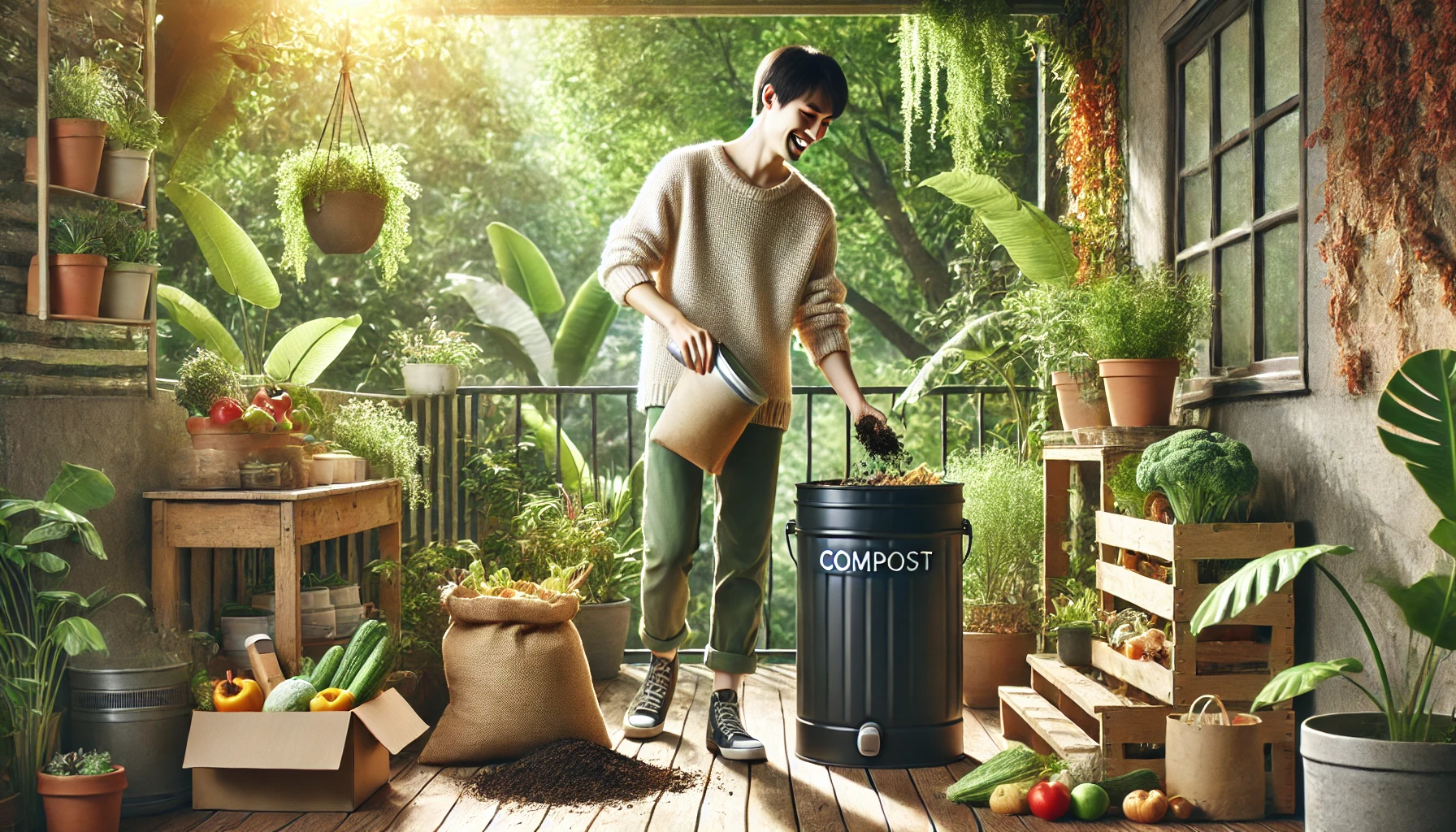Composting is one of the simplest and most effective ways to reduce household waste and contribute to a healthier planet. By turning food scraps and organic waste into nutrient-rich soil, composting not only diverts waste from landfills but also enhances the health of your garden and plants. Whether you live in a house with a backyard or a small apartment, composting is more accessible than ever.
What is Composting?
Composting is the natural process of recycling organic matter, such as food scraps and yard waste, into a valuable fertilizer that can enrich soil and plants. Microorganisms break down the materials in the presence of oxygen, producing compost — a dark, crumbly substance with a soil-like smell.
Benefits of Composting
- Reduces Waste: Up to 30% of household waste is compostable. By composting, you reduce the amount of garbage that ends up in landfills.
- Improves Soil Health: Compost adds vital nutrients to the soil, improving its structure, water retention, and fertility.
- Reduces Greenhouse Gas Emissions: When organic waste is sent to landfills, it decomposes anaerobically, releasing methane — a potent greenhouse gas. Composting avoids this harmful process.
- Saves Money: Compost can replace store-bought fertilizers, and healthier soil means stronger, more productive plants.
What Can You Compost?
Yes — Compost These:
- Fruit and vegetable scraps
- Coffee grounds and filters
- Tea bags (without plastic)
- Eggshells
- Grass clippings and leaves
- Shredded newspaper and cardboard
- Paper towels and napkins (unbleached)
No — Avoid Composting These:
- Meat, dairy, and oily foods (they attract pests and create odor)
- Pet waste
- Diseased plants
- Synthetic chemicals or treated wood
How to Start Composting at Home
1. Choose Your Composting Method
- Backyard Composting: Perfect for homes with outdoor space. Use a compost bin or build a simple pile. Make sure to aerate regularly and protect it from excessive moisture.
- Indoor Composting: For small spaces, consider a countertop compost bin or vermicomposting (composting with worms).
- Community Composting: If composting at home isn’t feasible, check for local community gardens or compost drop-off points.
2. Balance Greens and Browns
- “Greens” are nitrogen-rich items (food scraps, grass clippings).
- “Browns” are carbon-rich materials (dry leaves, newspaper, cardboard).
- A good rule is to maintain a 2:1 ratio of browns to greens for efficient composting.
3. Maintain Your Compost
- Turn It Often: Mix your compost weekly to add oxygen and speed up decomposition.
- Keep It Moist: It should feel like a wrung-out sponge — not too wet or too dry.
- Monitor Odor: A healthy compost pile smells earthy. If it smells bad, adjust your green/brown ratio or turn it more frequently.
Tips for Apartment Composting
- Use a sealed indoor bin to avoid odors.
- Try a bokashi bucket, which ferments food scraps using microorganisms.
- Partner with local composting services or urban farms.
Creative Ways to Use Your Compost
Once your compost is ready, it can be used in multiple ways:
- Enrich soil in your garden or potted plants.
- Spread on lawns to enhance grass health.
- Use in planting beds or mix with potting soil.
- Donate to community gardens or friends who garden.
Final Thoughts on Composting at Home
Composting is more than just a waste-reduction technique — it’s a habit that fosters a deeper connection with nature and the environment. By incorporating composting into your daily routine, you take an active step toward a more sustainable lifestyle. With a little effort and consistency, your banana peels, coffee grounds, and paper scraps can help grow the garden of tomorrow.
